
What should nurses know about treating patients with KRAS G12C-mutated metastatic colorectal cancer using adagrasib and cetuximab?

What should nurses know about treating patients with KRAS G12C-mutated metastatic colorectal cancer using adagrasib and cetuximab?
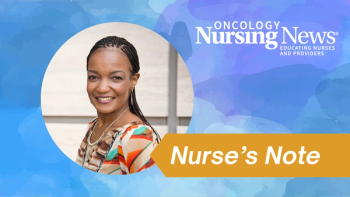
With evolving standards for handling hazardous drugs, nurses must comply with safety and handling guidelines.
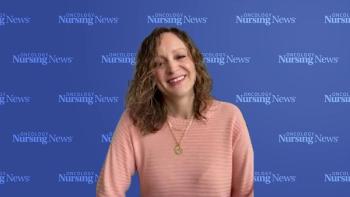
Courtney Moore, APRN, FNP-C, OCN, discusses how patient comorbidities and adverse effect profiles guide CDK4/6 inhibitor choice in the first-line setting.

Nurse practitioner Beth Faiman outlines nursing strategies to monitor, assess, and manage toxicities associated with talquetamab in multiple myeloma.

Oncology nurses can assess patients’ risk factors and advocate for preventive strategies that protect kidney function during cisplatin therapy.

If patients with breast cancer have hyperglycemia or symptoms of it at home, a short break from capivasertib may be required, according to Hope Rugo, MD.
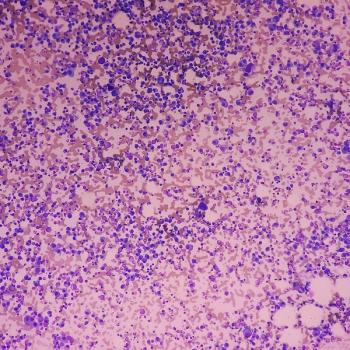
Step-up dosing with remote monitoring resulted in 47% of patients receiving bispecific antibodies remaining outpatient, even in cases of CRS.
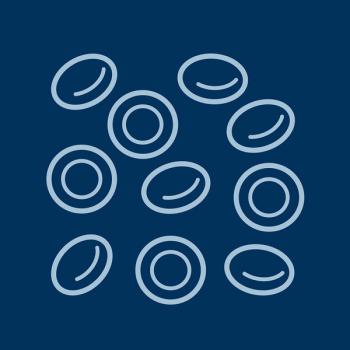
Volumetric PET biomarkers may help predict risk of toxicity from CAR T-cell therapy in patients with large B-cell lymphoma, new retrospective data suggest.
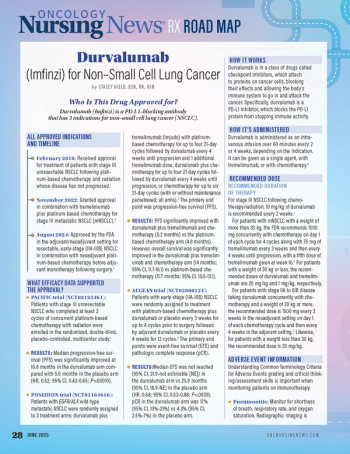
Read Stacey Hield, BSN, RN, OCN's recommendations for the best use of durvalumab in non–small cell lung cancer.

Delivering hazardous drugs safely is complex but essential for the welfare of our health care workers and our patients.

Like many other nurses, I have an oral chemotherapy card from the Oncology Nursing Society, which is renewable every 2 years.
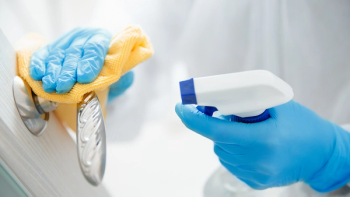
Routine surface wipe testing helps identify specific areas of hazardous drug contamination and guide nurse leaders towards establishing improved protocols.
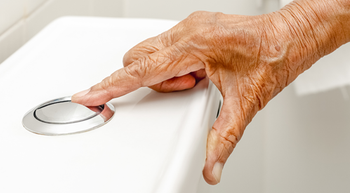
AnnMarie Walton, PhD, MPH, RN, OCN, CHES, FAAN, discusses the limitations of plastic-backed pads in inpatient oncology units.

Research published in the Clinical Journal of Oncology Nursing supports current guideline recommendations for washing clothes contaminated with cyclophosphamide.
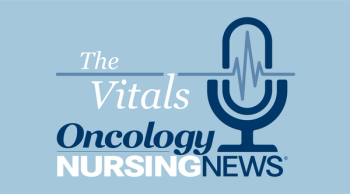
Seth Eisenberg, ASN, RN, OCN, BMTCN, emphasizes the importance of reducing nurse exposure to hazardous drugs—and ongoing research efforts to improve nursing safety.

Stephanie Jackson, DNP, MSN, RN, AOCNS, BMTCN, discusses how her institution improved double-check compliance with high-alert medications.

Amber Pierce RN, BSN, OCN, highlights the importance of a 2-step verification process with fixed-dose regimen therapies.
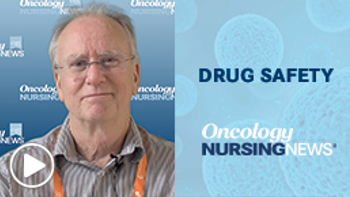
Seth Eisenberg, ASN, RN, OCN, BMTCN, discusses his research comparing plastic-backed pads and the Splashblocker.
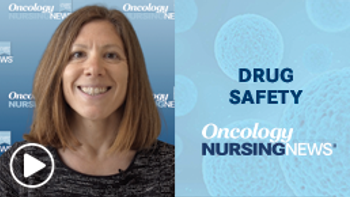
AnnMarie Walton, PhD, MPH, RN, OCN, CHES, FAAN, discusses her research on plastic-backed pads and discusses the importance of better methods to reduce exposure to antineoplastic drug residue.

The Splashblocker was found to be an effective way to reduce contaminated particles. Plastic backed pads had mixed reviews.
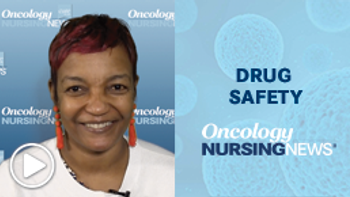
Stephanie Jackson, DNP, MSN, RN, AOCNS, BMTCN, highlights how her unit leveraged an educational video to improve compliance with double verification for high-alert medications.
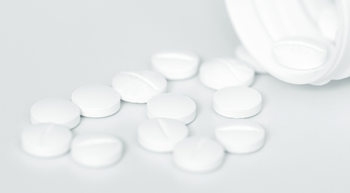
Sometimes nurses inappropriately handle high-risk medications. It is important that other nurses, especially those who work in pain management, hold colleagues accountable to promote patient safety.

Seon Jo Park, PharmD, BCOP and Heather Kennihan, MSN, RN, OCN, discuss the best practices that their institution uses to ensure the safe handling of immunotherapy.
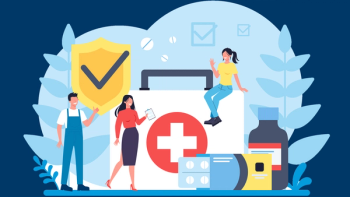
Powerful chemicals used in chemotherapy may pose safety hazards for oncology nurses, pharmacists, and other health care providers if not handled properly.

Independent verification of documentation is paramount to patient safety.

Chemotherapy agents are excreted through urine and feces, and a recent study found that both patient and staff bathrooms were contaminated.

Opioids are the go-to treatment for cancer-related pain. But is this mainstay poised to change as the opioid crisis continues to grow?
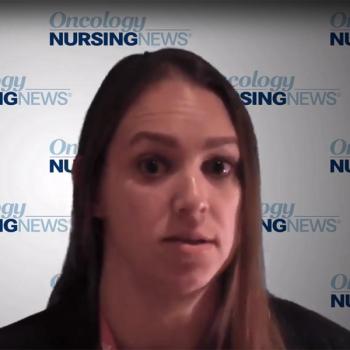
Registered pharmacist Jamie Fritz, RPh, Oral Pharmacy Manager, Compass Oncology, describes the vital role that oral oncology nurses play in cancer care.
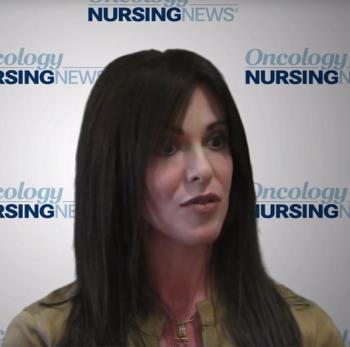
Kathy Oubre, MS, Chief Operating Officer, Pontchartrain Cancer Center in Covington, Louisiana, shares some barriers to adherence to oral oncolytics that patients may face.
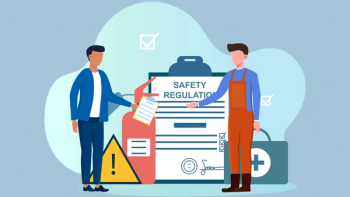
A foundational volume in oncology nursing gets an upgrade.